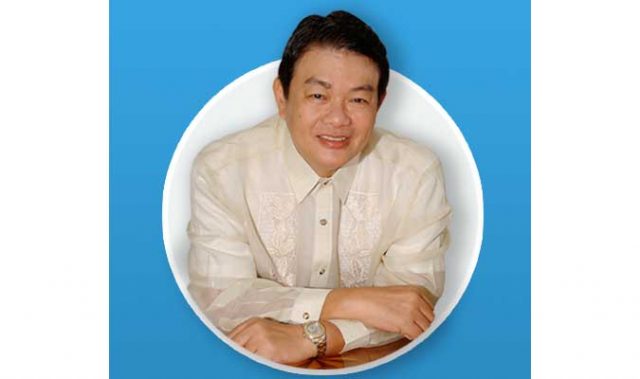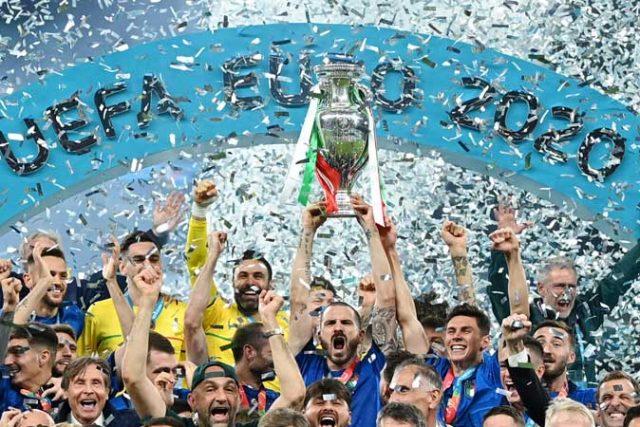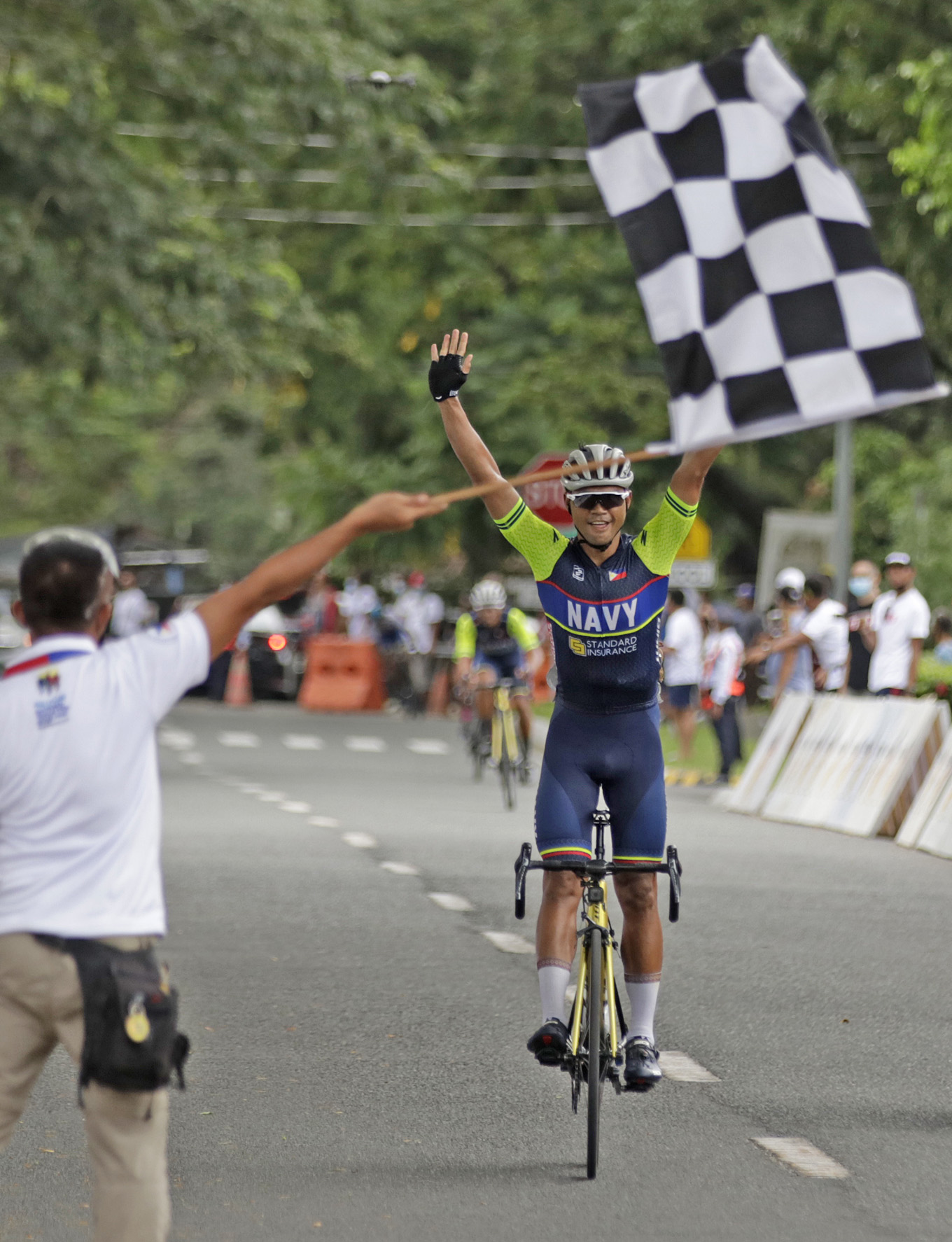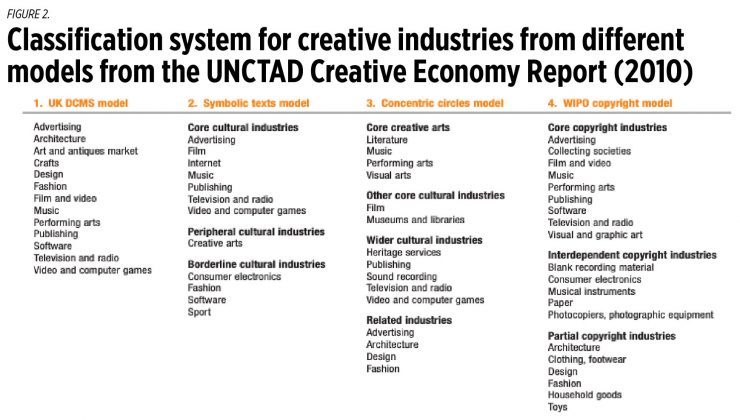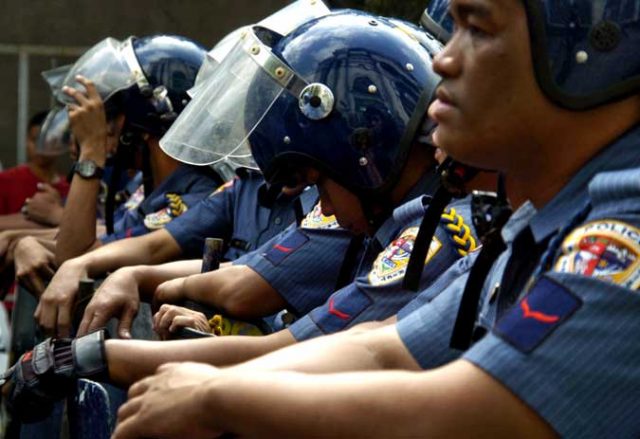On Feb. 19, 2016, as the plane carrying then President Benigno S.C. Aquino III (PNoy) entered the Philippine airspace, two FA50 supersonic jet fighters approached and escorted the aircraft. This is the first time after a decade that fighter jets had performed this role again. The last supersonic jet that the Philippines had was the F5, which stopped operation in 2005. The two FA50 jets were among the 12 units that the Philippine government secured from South. Korea for P18.9 billion. The remaining 10 jets were delivered in 2017.
The Armed Forces of the Philippines (AFP) modernization program started in 1995 under the leadership of President Fidel V. Ramos. Based on Republic Act 7898, the target is to modernize the military within a 15-year period, with a budget of P330 billion. Fifteen years later in 2010, only 10% of the modernization funds were given to the AFP. A new law was enacted in 2012 to continue the modernization for another 15 years, this time with a commitment of P75 billion for the first five years (2012-2017) of the law’s implementation.
The Aquino administration (2010-2016) spent P41.2 billion ($1.7 billion) for the AFP modernization, short of the P75 billion target but still considerably bigger than the budget spent by the Estrada and Arroyo administrations before it. This is no surprise, given that security sector reform and modernization were part of the promise that Aquino made when he won the Presidency. The P41.2 billion covered the purchase of ships and sea-vessels, helicopters, jets, trucks, ambulances, aircrafts, and ammunition equipment; it also included the upgrading and improvement of facilities in the headquarters and medical centers for military personnel.
Under the Duterte administration, the second phase of the modernization had been approved by the government with a budget allotment of P300 billion ($5.6 billion). Based on reports, from 2017 to 2020, the Department of National Defense (DND) had a total accumulated budget of P653.4 billion — this amount, however, was not for modernization but more for salary increases, pension benefits, and other personnel-related expenses. The budget exclusive for modernization is P25 billion in 2020, and P33 billion in 2021.
The other core security institution, the Philippine National Police (PNP), likewise received ample support from the government. Under the PNoy administration, P9 billion was used for police modernization, covering the hiring of an additional 30,000 personnel, the purchase of jeeps, rifles, mobile radios, and the repair and improvement of police buildings.
In 2020, PNP modernization used P1.2 billion for vehicles, communication equipment, and rifles. In the same year, the police also received P569 million worth of equipment and mobility assets (new jeeps, radios, motorcycles, and rifles), Basic Assault Rifles, and Digital Handheld Radio. Congress also passed the P128-billion Revitalization and Capability Enhancement Program of the PNP, to be implemented for 10 years beginning in 2022. For the next eight years, P11 billion would be allocated annually to modernize the PNP. This will fund the construction and repair of police stations, improve crime laboratories, custodial facilities, training institutions, hospitals, and barrack facilities. Helicopters and mobility assets will also be procured, as well as handguns and assault rifles requirement for newly hired police.
Indeed, the modernization programs of both the police and the military received ample support, especially from the administrations of President Aquino and President Rodrigo R. Duterte.
However, while materiel modernization is a major feature of the security sector reform (SSR) agenda, it is equally important that the norms and values of the institutions, its organizational doctrines, and the standard operating procedures or rules of engagement are also reformed. As policy instruments of a democratic state, these institutions must fully embrace the principles of democratic governance, respect for human rights, and civilian authority over the military and the police. This is where the divergence in approach is notable especially between the PNoy and Duterte administrations.
The PNP Patrol Plan 2030 and the AFP Transformation Roadmap 2028 were both formulated under the PNoy administration. These Roadmaps are the blueprints of the modernization and professionalization plans of the respective institutions. A key feature of this would be the creation of a Multisectoral Governance Council (MSGC) each for the AFP and the PNP. The MSGC, composed of civilian and business leaders, would meet regularly with the officers of the respective institutions to discuss the progress of the Transformation Roadmap, as well as discuss key issues on security, peace, and order. The MSGC feature is significant as it is the concrete operationalization of the principles of transparency, accountability, and participation in the security institutions. While the Roadmap was carried over in the Duterte administration, there is notable decrease in the vigor of the institutions to convene the MSGC meetings.
Under the Aquino administration, several programs were also initiated to improve the peace and order in communities. Notable of these is the “Pulis Nyo Po sa Barangay” (PSB) where one police person is assigned per barangay to serve as the direct link of the PNP to the community. This program was later on transformed into the Community and Service Oriented Policing (CSOP) whose goal is to engage the local population in managing peace, order, and policing in the community. The PSB, together with the increased presence of mobile police patrols in communities, established a public safety program that gave a premium to police-community engagement. A parallel program that complemented this was Oplan Katok, targeting the retrieval and/or registration of loose firearms. Towards the end of the Aquino administration, the project was able to retrieve about 92% (491,929) of the target 532,981 firearms with unrenewed license.
There is a clear and fundamental difference in the approach of the PSB and Oplan Katok from Oplan Tokhang of the present administration, especially when it comes to the net effect of the campaigns. Oplan Tokhang is controversial given the number of deaths associated with the campaign, as well as the complaints of human rights violations. As instruments of policy, it is critical that the police institution enjoys a positive reputation within society so that community engagement in policing and peace and order become second nature. This was the goal of the “Pulis Nyo Po sa Barangay.” The war on drugs/Operation Tokhang, however, created the exact opposite: it made the people, especially in areas with high number of death cases, fear and distrust the police institution.
As for the military, the defense cooperation with the USA and Japan were strengthened under Aquino, with the EDCA or Enhanced Defense Cooperation Agreement with the US, and the technology and equipment transfer agreement with Japan. The Philippines shares the values of democratic governance and promotion of rule of law in regional and global security with these countries. Under the Duterte administration, the government made a pivot to China, Russia, and other states that the Philippines had little engagement with in the past. This, accordingly, is how the government operationalizes its “independent foreign policy.” The major flaw, though, is that the shared values and norms of the Philippines with these states is very little, and hence, the basis of cooperation and defense agreement rest on shaky grounds.
The goal of security sector reform and governance is to ensure that we have a security sector that has the capability to efficiently and effectively provide state security and people security, within the framework of democratic governance, human rights, and rule of law. Past and present administrations, especially the PNoy and the Duterte administrations, have contributed greatly to modernizing the materiel of the police and military. The biggest divergence, however, is in the normative component of the program. Since the time of Ramos until PNoy, the government has been consistent in its approach vis-a-vis defense cooperation and agreement — i.e., the Philippines partners and works with states that share its democratic values and regional security agenda. Duterte’s decision to change the path was a first. Given that the foundation of its cooperation, especially with China, is dominantly economic in nature, and considering the dispute with China over territories in the South China sea, this pivot to China may not have a long term strategic value in as far as security is concerned.
Security Sector Reform is always anchored on the over-all security policy and strategy of the state. SSR is a political and policy decision — its success requires the commitment and dedication of the policy makers, as well as the resilience of institutions to the reform process. In all these, consistency and clarity are key — consistency in pursuing modernization, and clarity in promoting the democratic values and ideals in all endeavors.
Jennifer Santiago Oreta is Assistant Professor of the Deparment of Political Science, and Director of the Ateneo Initiative for Southeast Asian Studies of the Ateneo de Manila University.

